The precision in the air conditioning systems in hospitals is a non-negotiable factor, since they must contain and neutralize the action of viruses and diseases.
By Iris Montoya Ricaurte
An approach to the critical nature of air conditioning in hospitals and medical centers allows us to deduce that the containment of pathogens, subjection and specific air circulation, among others, is above the thermal sensation of comfort. In this sense, the installation of air conditioning systems in these care spaces requires rigorous planning, since asepsis is the vital factor, while omissions and failures to regulate constitute latent risks that can cost human lives, both of patients and exposed medical personnel.

For the engineer María Lucía Botero, consultant in air conditioning at Camilo Botero Ingenieros Consultores Ltda, "the most common errors are related to cross-contamination, that is, the union of certain spaces through HVAC systems. Either by mismanaging air pressures, by joining subsystems that must work independently or by installing injections next to air discharges."
In addition, Fernando Cabrera, HVAC systems designer and consultant of Energy Modeling in Buildings (BEM), also adhered to the fact that the biggest mistakes are ignorance and misinterpretation of regulations. "We have a high North American influence, so what marks the stop are the ASHRAE standards, which give us the guidelines regarding this type of design. The standard is very clear on how the use of the equipment should be, indicating a series of specific guidelines on the changes of air per hour and pressure in the spaces. In addition, the language of these texts is simple and easy to understand, which includes the minimums that must be maintained."

In that sense, Fernando mentioned that it must be clear that the purpose of medical centers is the care of life, so it is important to comply with certain technical rigors in the installation of their air conditioning systems. He pointed out the scope of having knowledge about how a hospital behaves and, especially, about how people and materials flow inside and outside.
Moreover, he pointed out that expertise is one of the relevant factors for the management of this type of projects and recommended relying on mentors. He was adamant that you should not start from a zero level of experience when installing HVAC systems in hospitals. "In this case there are not so few variables as in hotels, where the concern of the installer is measured by a pleasant temperature / humidity, here the design is based on air quality, which is a very broad concept and includes specific leaks for viruses and bacteria, which is a sea of knowledge within the subject of filters. "
Additionally, he stressed that, in his working life, he has known areas closed in health centers because they failed to manage the viruses in the spaces, thus losing money and useful beds, which for him more than a loss of money, represents a catastrophe taking into account the health care needs in those territories, where he mentioned a case in the department of Chocó (Colombia), a rather impoverished area with difficulties in accessing the rest of the country.
For his part, Marco Adolph, mechanical engineer at UFPR, Master and PhD in computational mechanisms at Unicamp, as well as administrative director at TROX North America LLC, in his article entitled "What makes the air conditioning of a hospital harmful?", states that, unfortunately, in several hospital establishments in Brazil and Latin America air conditioning installations are carried out without the minimum technical criteria, generating many problems. And he delimited that the use of residential equipment is the most common mistake. "Minisplit systems and vrF split systems, which are designed for homes and small offices, are found in dozens of hospitals and clinics."
Marco's paper notes that some diseases require very specific air conditions to help patients recover, even emphasizing that the ASHRAE application manual has clear recommendations, from which it rescues that patients with thyrotoxicosis require a cool, dry environment, while those who have conditions of cardiac and head trauma require lower temperatures.
Contrary to this, people diagnosed with rheumatoid arthritis can be successfully treated in warmer, drier environments (32°C, 35% RH), but it is to be careful because very dry environments can cause secondary infections. Then upper respiratory tract conditions and intensive care require a minimum relative humidity of 30%; in fact, those respiratory diseases that cause viscous secretions require the inhalation of warmer, wetter air. While patients who treat burns require rooms with higher temperatures (around 28 °) and humidity, to avoid drying the skin in its recovery.
That being the case, if it is understood that the regulations are clear and specific, as well as the need for experience for the execution of a correct installation, why are these errors made that are apparently so easy to foresee from the technical point of view?

Edwin Echartea, product manager for Latin America at Johnson Controls, commented on that: "We have had cases where they do the design of the hospital and then change ducts, route of the ducts and grids, an issue that generates that the pressures do not coincide at the time of installation. This happens because we design with the catalog of specifications that they give us. So, the pressure of the operation does not become what is needed."
"Another frequent problem is when the types of materials with which the air handler is going to be ducted are not checked. It is something vital because, although in most hospitals the pipes are made of steel, an ideal material because it resists mechanical stresses and behaves well with the copper of the coils, in several cases pipes of some type of polymer are applied, which generates corrosion problems to the serpetín in less time. "
Taking this panorama into account, it is worth questioning what knowledge every engineer, responsible for the installation of air conditioning systems in hospitals and health centers, should have to avoid making mistakes and making successful installations.
Essential knowledge
For María Lucía, the first thing is the mastery of local and international standards, as well as understanding their applicability to each project. "The interpretation between one engineer and another may vary; but the most important thing is that each space within a hospital has particularities. Therefore, they cannot be treated as a standard design." To this he added that it is necessary to have experience in the field, since, due to constructive, budgetary and procedural issues, the design criteria may vary.
In addition, the engineer mentioned for the case of Colombia, as guiding norms resolution 4445 of 1996 and resolution 2003 of 2014, which was later replaced by resolution 3100 of 2019. As well as the American standard ASRAHE 170-2021, which has a minimum filtration recommendation, and provided that "however, this does not mean that you can not have higher levels, some customers have practices above those levels, a matter that varies according to the area of the hospital."
And he concluded by indicating that it is necessary "to have main design criteria such as temperature and relative humidity conditions, changes per hour, percentage of outside air, positive or negative pressures and filtration levels."
Fernando, in addition, explained that the engineer in charge must have competences in the thermal and material branch. "In the thermal area there is a whole endless amount of knowledge that starts from the thermodynamics and movement of heat in bodies. And since air is a fluid (because it is a mixture of gases) it must also have dominion over fluid mechanics. Occasionally there are important subdivisions for this type of work: heat transfer, air diffusion concepts, fluid-dynamics (which explains how air moves) to combat the thermal loads that occur. That at the conceptual level. The other crucial branch is psychrometry, because it overlaps the concept of the behavior of humidity temperatures, absolute or relative, around the psychrometric chart and around the pressures of spaces, which is one of the pillars of HVAC designs in hospitals. "
Finally, he concluded that in the design of air conditioning it is valuable to understand that "in white areas the human body itself is a pollutant, not the largest, but important because it releases materials such as skin, sweating, bacteria and viruses in contact. It is a variable that we must know, which is relatively simple or obvious, but which is sometimes forgotten."
Vital areas for air conditioning
In the words of Edwin "the most important and complex spaces to air condition in hospitals are the areas of acute care or intensive care, since air conditioning more than providing comfort, in these areas, has the task of preventing the patient from being hit by pollutants that we do not see. So ventilation, humidity, temperature and the pressure ratio to adjacent areas becomes a vital factor."

For her part, Oriana González, regional sales manager of Samsung Electronics, listed the most decisive areas from her point of view: "Operating rooms, sterile rooms, intensive care units and neonatal patient rooms are the most critical within the hospital. There the considerations are that there can be no air recirculation, rather, external air injection is applied. Which goes hand in hand with maintaining a positive pressure that prevents the entry of air from other areas."
Conditions to be met
Oriana was emphatic that environmental conditions in medical centers should be based on the ASHRAE standard 170, which clearly explains that "it must be possible to provide air changes per hour according to the demand that each area has and comply with the minimum type of filtration. This standard also allows us to know whether positive, negative or isobaric pressure is applied."
Edwin, for his part, pointed out that the basic conditions that these systems must meet can be summarized in 4:
1. That they help efficiently to restrict the movement of air within the different departments or areas. For example, in a morgue it must be prevented from leaving and in an operating room it is sought to ensure that it does not enter, because in both cases it drags unwanted bacteria, an issue that would not be necessary in a commercial building and here it takes on great importance.
2. Have the specific requirements of ventilation and filtration, which are needed to dilute and eliminate contaminants, whether odors, particles, viruses, bacteria and even radioactive substances.
3. The different temperature and humidity requirements for the various areas will depend on each area of the hospital.
4. The design of the system must have the necessary design sophistication to allow precise control of environmental conditions, that means that it needs more complex controllers and thermostats.
In addition, he commented that sound standards or noise standards must be met. "HVAC systems have requirements between 30 and 50 decibels (dB) when used inside the operating room. We've even had chillers that only go up to 17 dB. While filtration levels are usually located in capturing particles between 1 micron (μm) to 0.1 microns, which is the size that a bacterium can have."
Trends in hospital air conditioning after the pandemic
Now, Oriana told us that work has been done to prioritize the increase in the cup of fresh air, "which implies the increase in air changes per hour, to minimize pollutants and reduce the viral rate." He also commented that there is a trend in creating air conditioning sectors with VRF systems."
Similarly, Edwin pointed out that he has seen changes. "One of them is the reduction of air recirculation, also the implementation of technologies such as ultraviolet light lamps to eliminate viruses and bacteria that are in the environment" And stressed that there is an increase in high-efficiency filtration requirements to eliminate particles.
He finally added: "All this already existed for quite some time, what we are witnessing is an increase in requirements. After the pandemic there were two reactions: on the one hand, new buyers began to want high-efficiency products. On the other hand, the refurbishments and updates of the equipment that was already installed increased. As well as the demand for better filter banks and the installation of sensors for such filters, with parameters selected in the control equipment."
All of the above allows us to conclude that the lack of compliance with special requirements and regulations for the installation of air conditioning systems in hospitals are the most common mistake, as the most lethal.
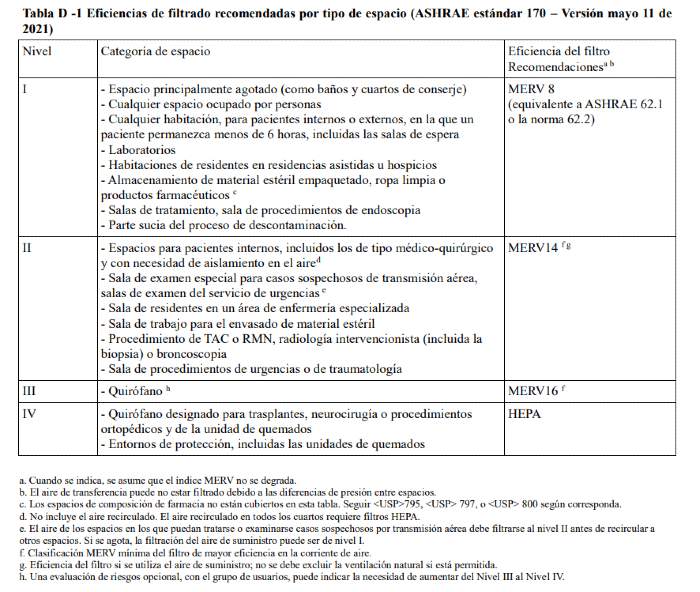


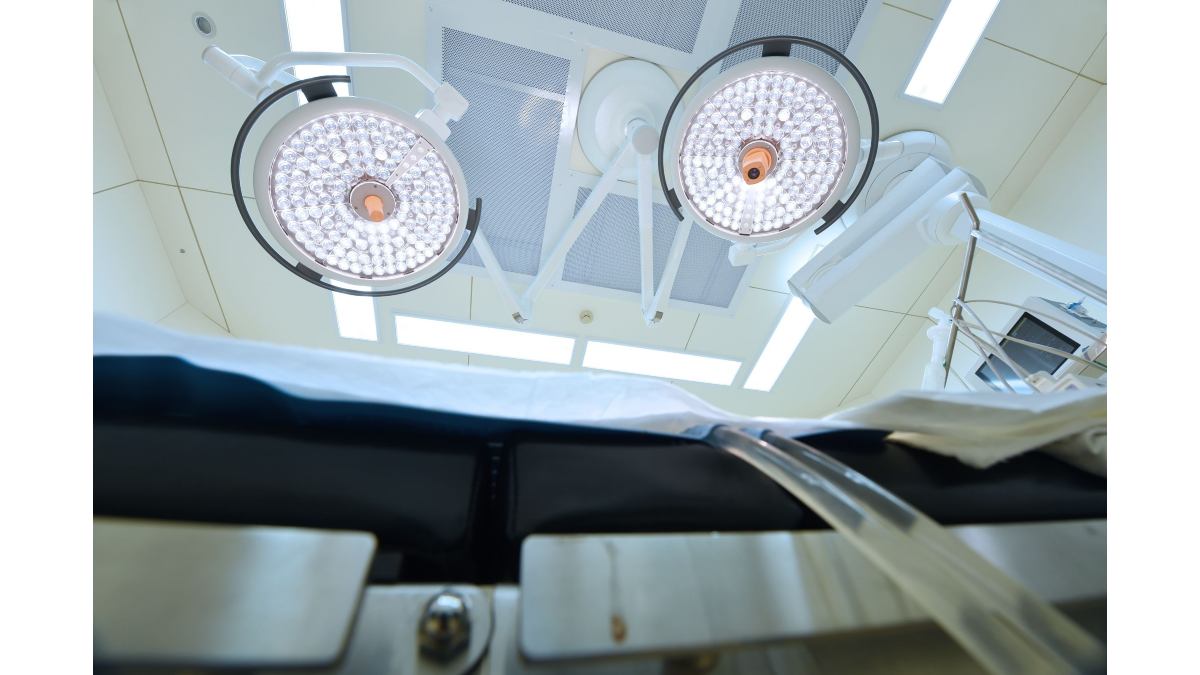



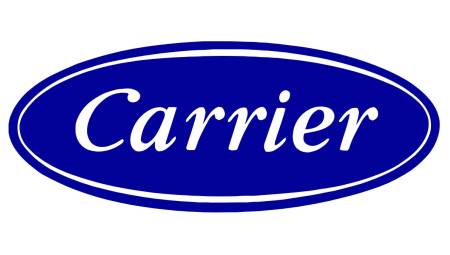
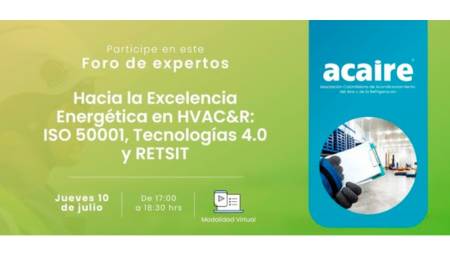

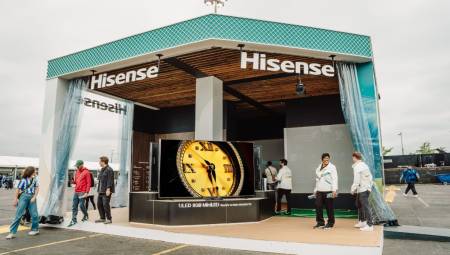
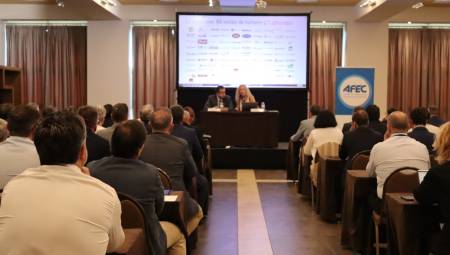




Saludos cordiales